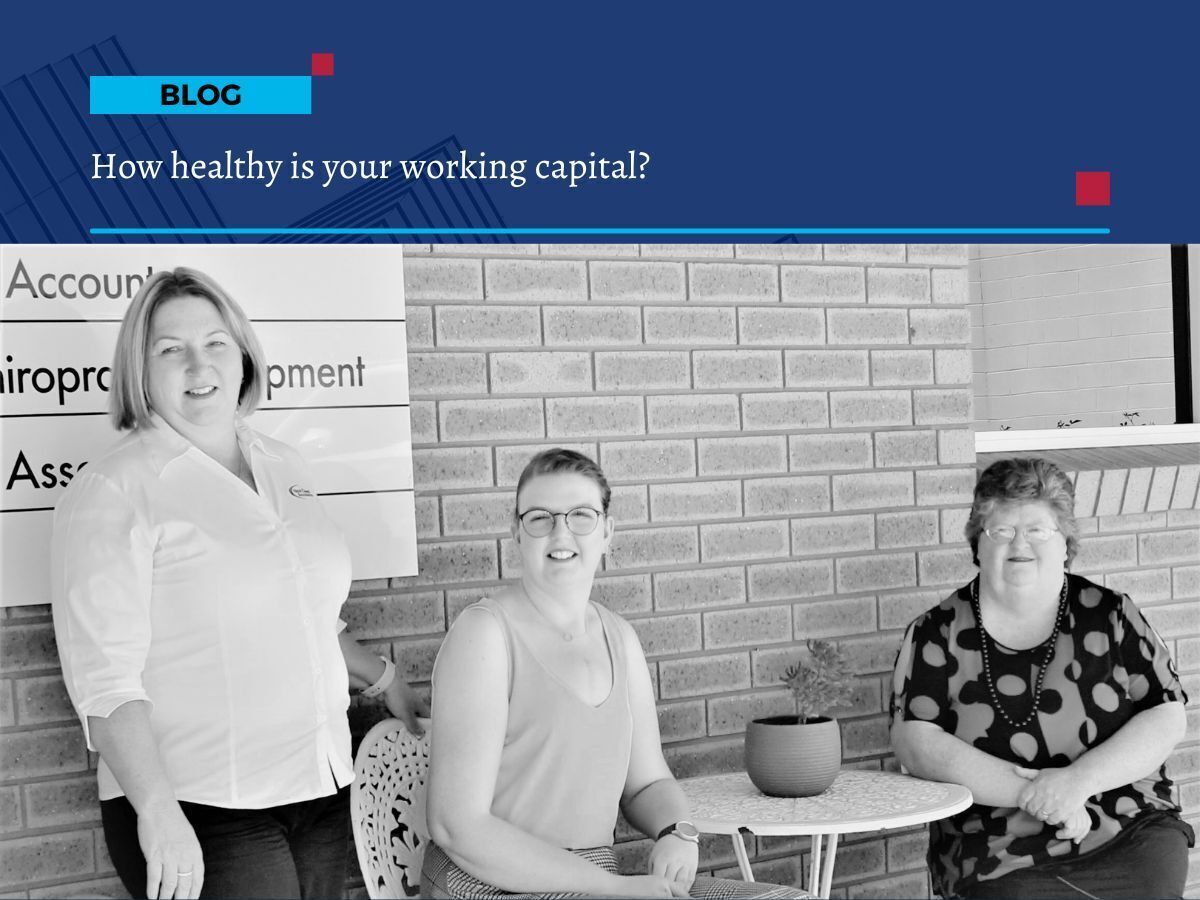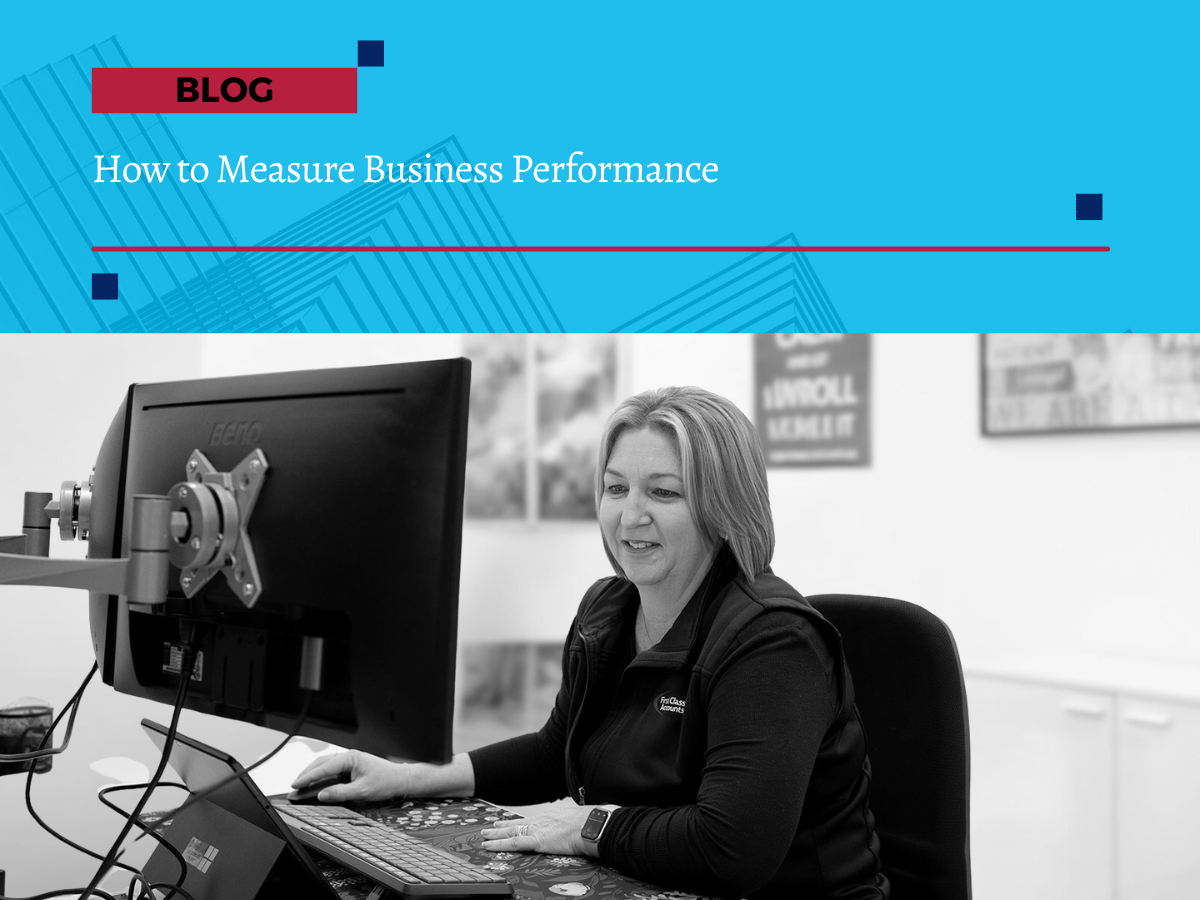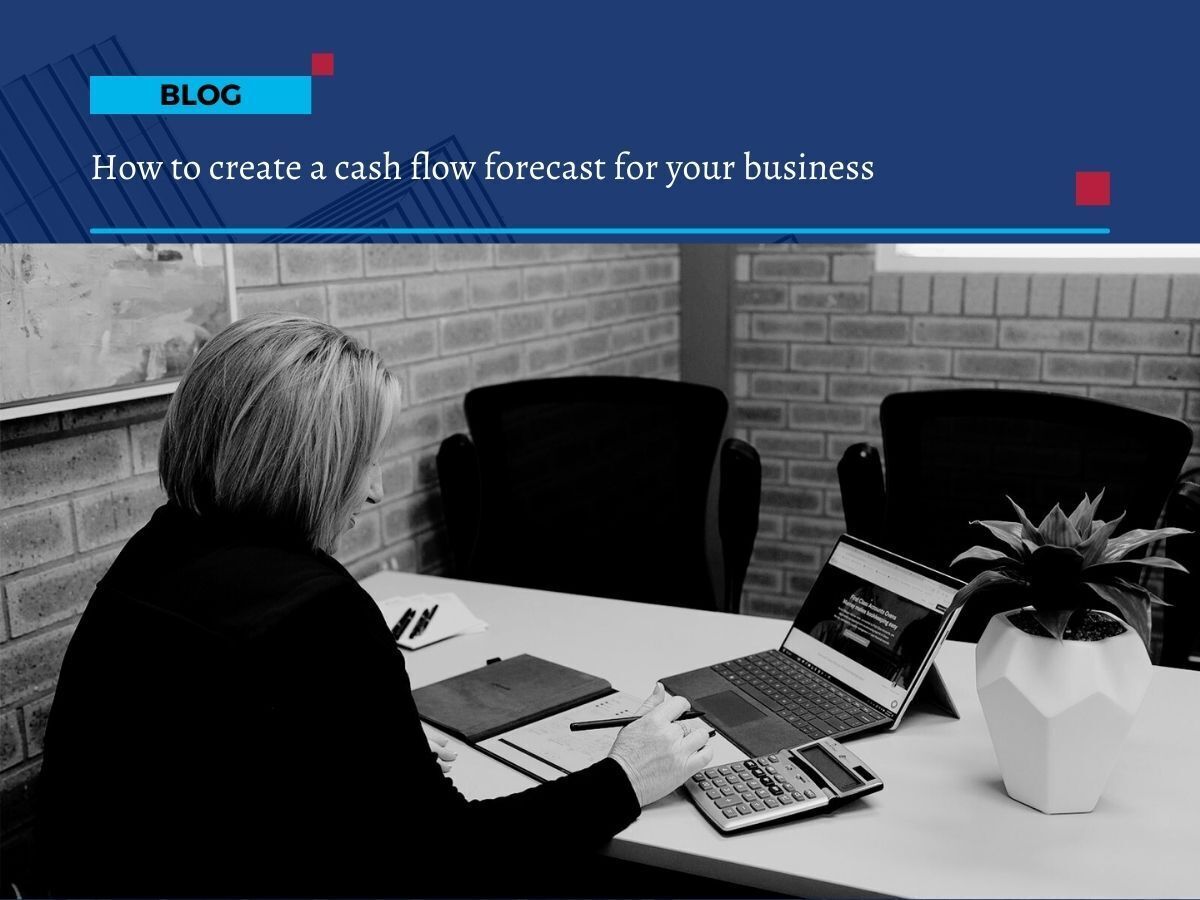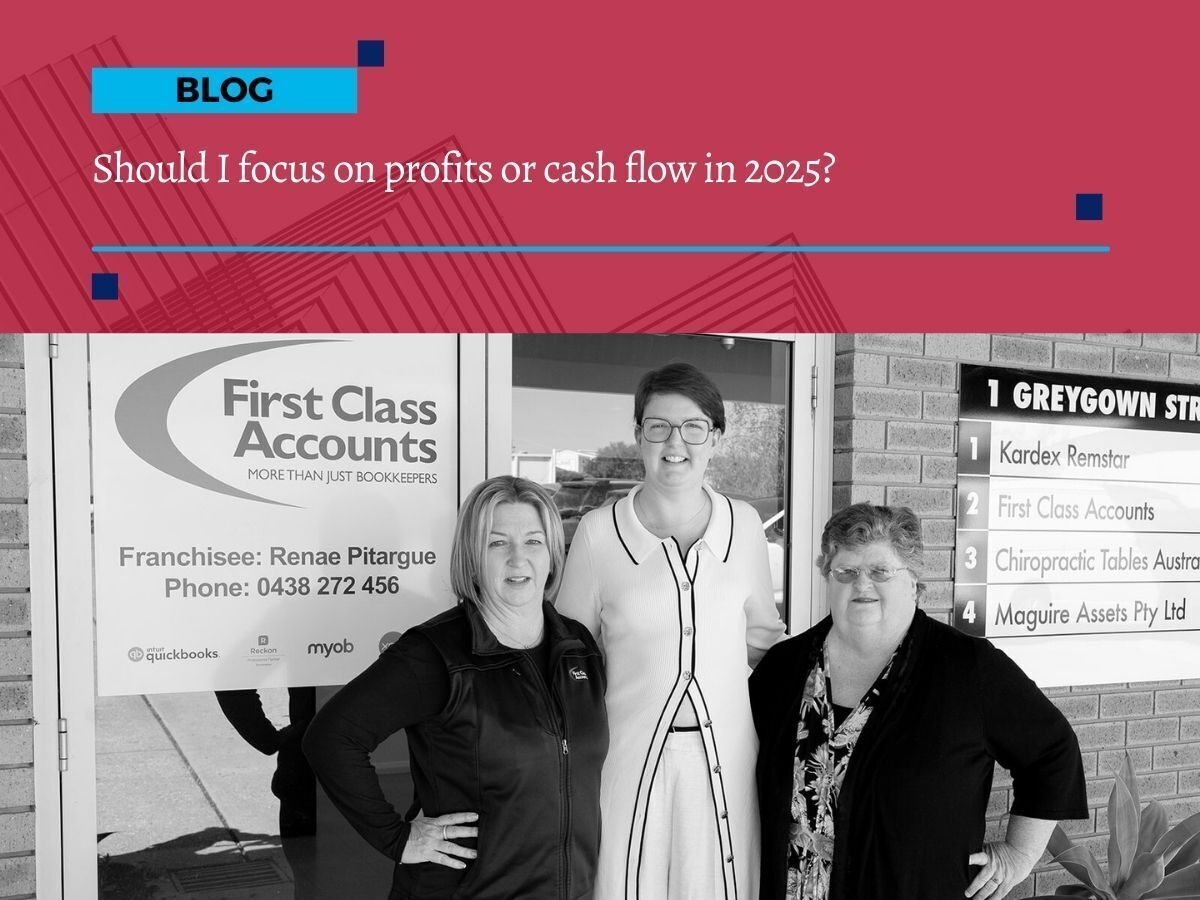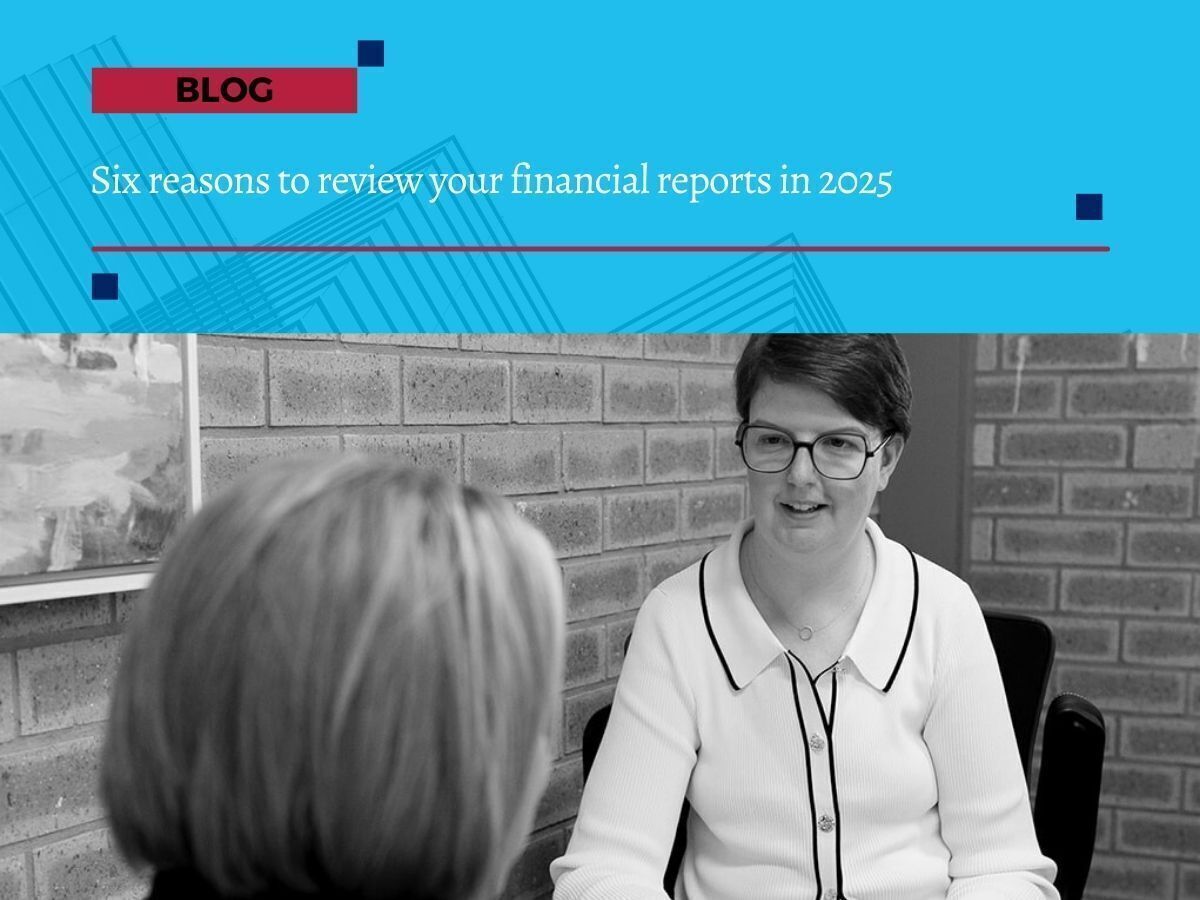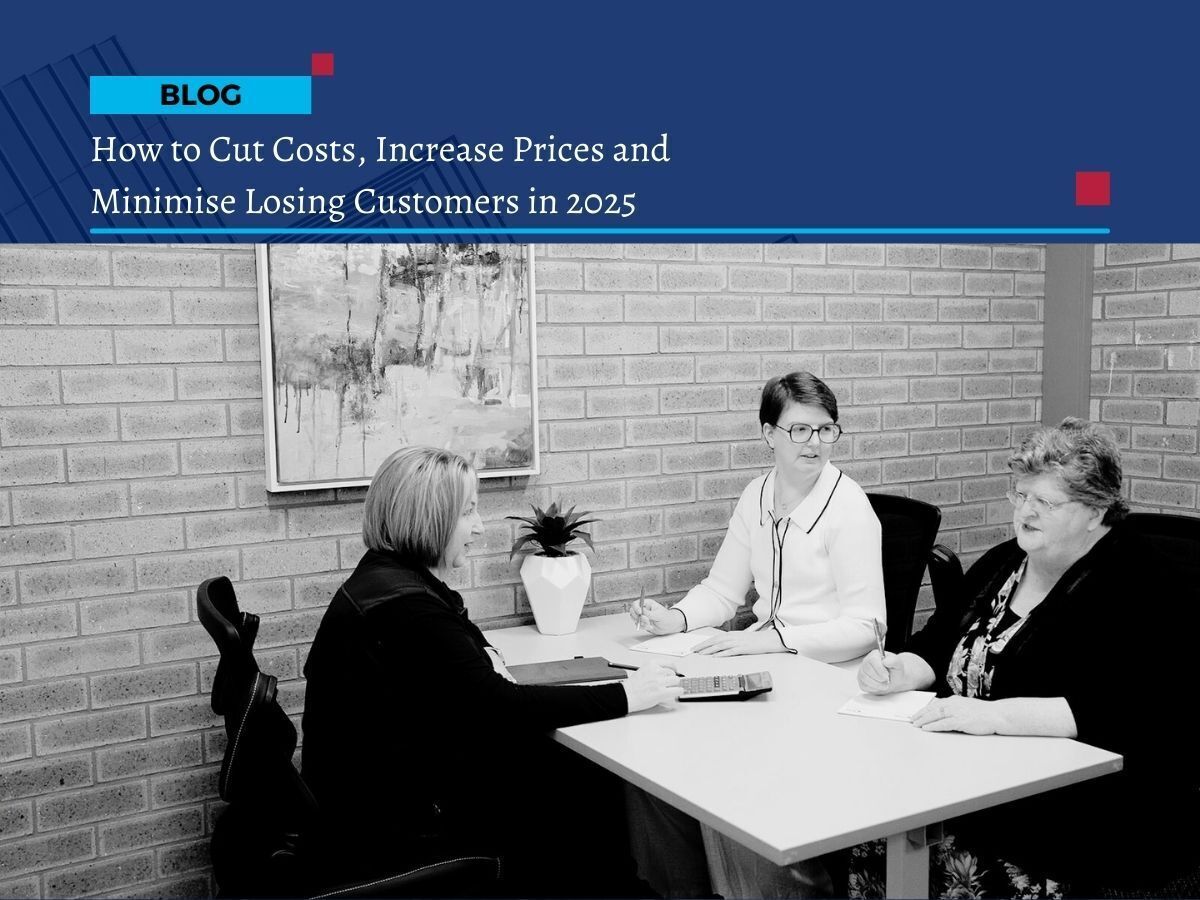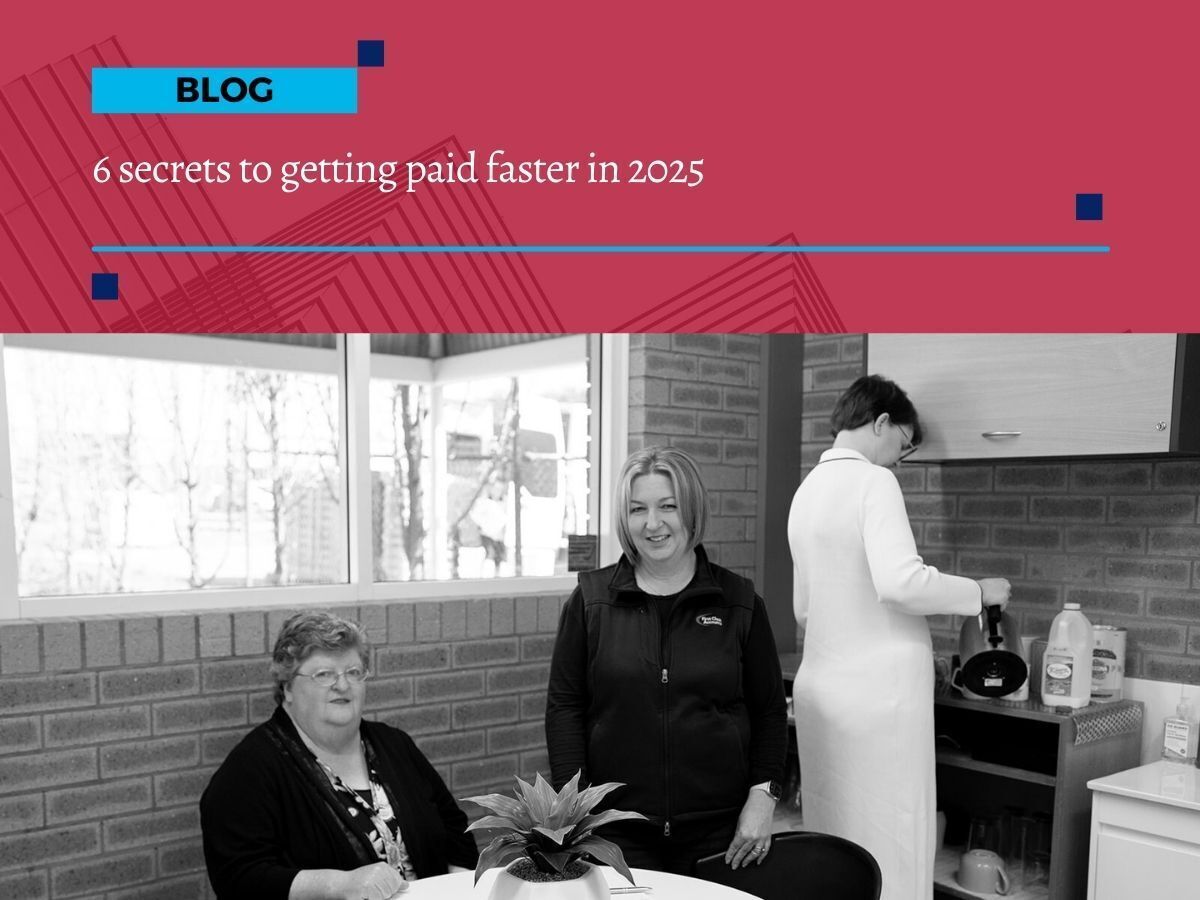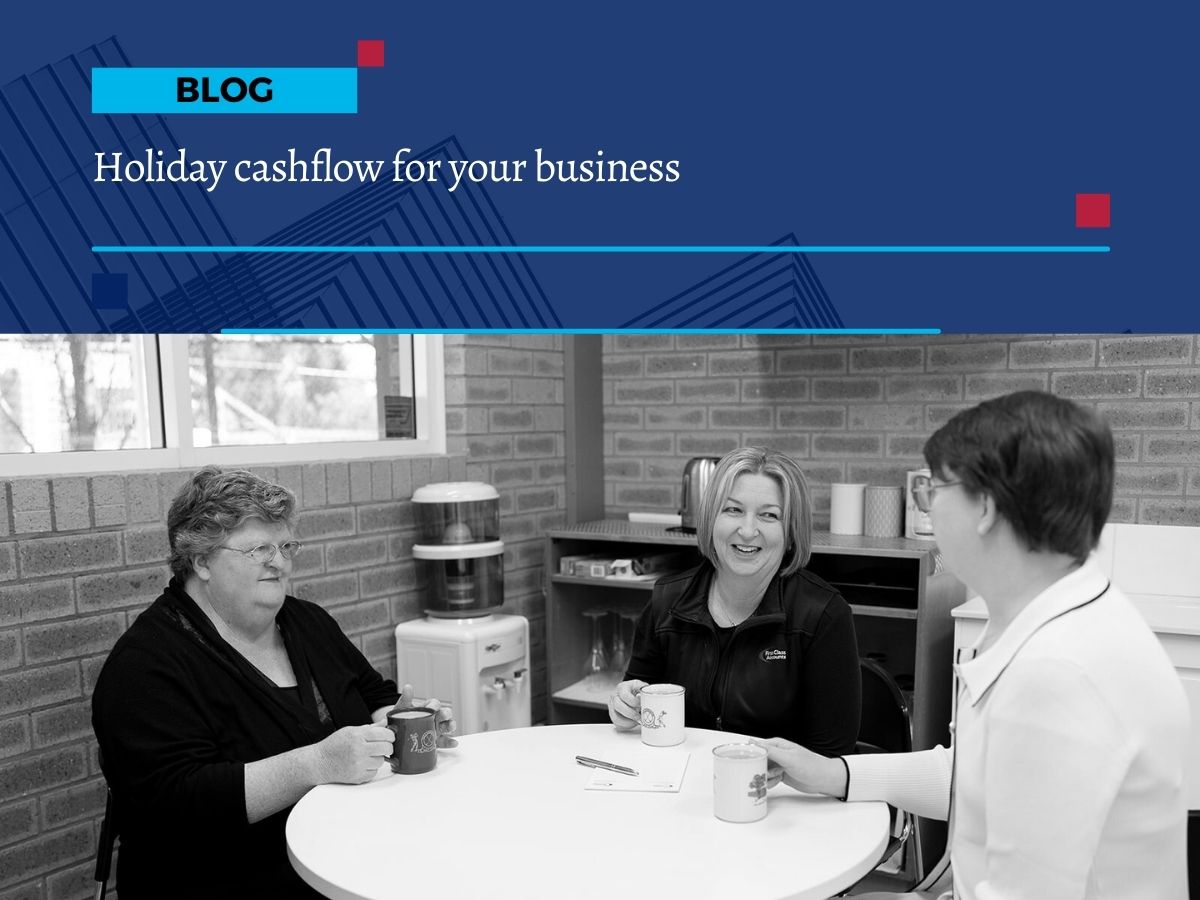
Holiday cashflow for your business
Holiday cashflow for your business
Whether you’re heading into a holiday period, or just planning to take a break (and congratulations, because a healthy business means work-life balance), it’s important to keep your cashflow under control.
This still means pre-planning and being proactive, especially as holiday periods can affect payment timing, client availability, and business trading patterns.
When you’re not in the office, there are still overheads and salaries that need to be sorted. If taking time off means that less cash will be coming in, it’s essential to plan for this period to make sure that these costs can be comfortably covered.
Make sure you have a clear picture of your payroll, and any other planned expenses that will need to be accounted for, including subscriptions, tax instalments, and supplier payments that may fall due during shutdowns.
If there’s even a possibility that there could be a shortfall, it’s essential to meet this head-on. Whether this means talking to your supplier or creditors to figure out an arrangement, or compromising on other business outgoings, you must make a plan to ensure that the business, or your staff, won’t suffer.
If you need help understanding what your cash position will look like during the holidays, First Class Accounts Ovens & Murray can prepare a clear forecast so you know what to expect.
Tips to minimise the stress of cash-flow over the holiday period
Sending out invoices promptly is your first line of defence.
Many businesses slow down their payment processing over holiday periods, so issuing invoices as soon as possible helps avoid unnecessary waiting.
Consider going a step further by offering early payment incentives or exploring retainer agreements with regular clients. This ensures a steady inflow of cash before the holiday rush begins.
If you want invoicing to continue even while you are away, First Class Accounts Ovens & Murray can help you set up automated invoicing through approved business apps.
Chase payment
Building strong relationships with clients is paramount. Take advantage of this season to initiate open conversations about outstanding payments, especially before offices close or reduce hours. A friendly reminder can make a significant difference, fostering goodwill and ensuring your business is on solid financial ground.
If unpaid invoices regularly cause cashflow pressure, First Class Accounts Ovens & Murray can help set up simple debtor tracking tools so you always know what is due and when.
Talk to suppliers
A transparent relationship with suppliers is invaluable. Engage in open discussions about your cash-flow concerns and explore the possibility of extending credit terms.
Most suppliers appreciate honesty and may be willing to accommodate your needs to maintain a long-term partnership. Talking early is especially helpful during holiday periods when many businesses shut down or adjust their payment cycles.
Review your costs
Business costs have a tendency to accumulate gradually. Regularly reviewing expenses is a prudent practice irrespective of the holiday season.
Take a comprehensive look at subscriptions, regular payments, and upcoming expenses. Identifying areas where costs can be optimised ensures financial stability throughout the year. Holiday periods are also a useful trigger for reviewing unused software, duplicate tools, or annual renewals.
If you want help reviewing your app stack or checking where unnecessary spending is occurring, First Class Accounts Ovens & Murray can provide guidance.
Explore alternative approaches
This is an opportune time to reassess your approach to travel, functions, and purchases. Are there cost-effective alternatives or adjustments that can be made without compromising quality?
Being flexible and creative in your spending can contribute significantly to maintaining a healthy cash flow. Even small choices, such as delaying non-essential purchases or reviewing event costs, can make a difference to holiday cashflow for your business.
Talk to the bank or tax department
In times of tight cash flow, initiating early conversations with your bank or tax department is crucial.
Discussing potential challenges in advance allows you to explore options, meaning you will have the necessary support to navigate any financial hurdles during the holiday season. Processing times can slow down at this time of year, so raising concerns early helps avoid delays.
If you need accurate figures before speaking with the bank or ATO, First Class Accounts Ovens & Murray can make sure your data is up to date.
Preparation is key
All businesses need a holistic approach to tackle cash-flow challenges.
Develop a comprehensive plan that encompasses all aspects of your financial landscape, from client interactions to supplier relationships and internal cost management. Planning ahead makes it easier to handle predictable holiday disruptions such as reduced trading, staff leave, and slower payment cycles.
This time of year can be hard on businesses. By implementing these strategies and staying proactive, you can not only minimise cash-flow challenges but also position your business for success in the coming year.
If you would like support preparing your cashflow plan or reviewing your numbers before the holiday period, First Class Accounts Ovens & Murray can help. Get in touch.
FAQs
How do I manage holiday cashflow for my business?
Plan ahead for reduced income, check upcoming expenses, issue invoices early, review costs, and map out payroll and supplier payments.
Why does cashflow tighten during the holidays?
Businesses close or reduce hours, payments slow down, and regular expenses continue even when revenue drops.
How can a bookkeeper help with holiday cashflow?
A bookkeeper can prepare cashflow forecasts, automate invoicing, schedule payments, review costs, and ensure your data is accurate before the break.

